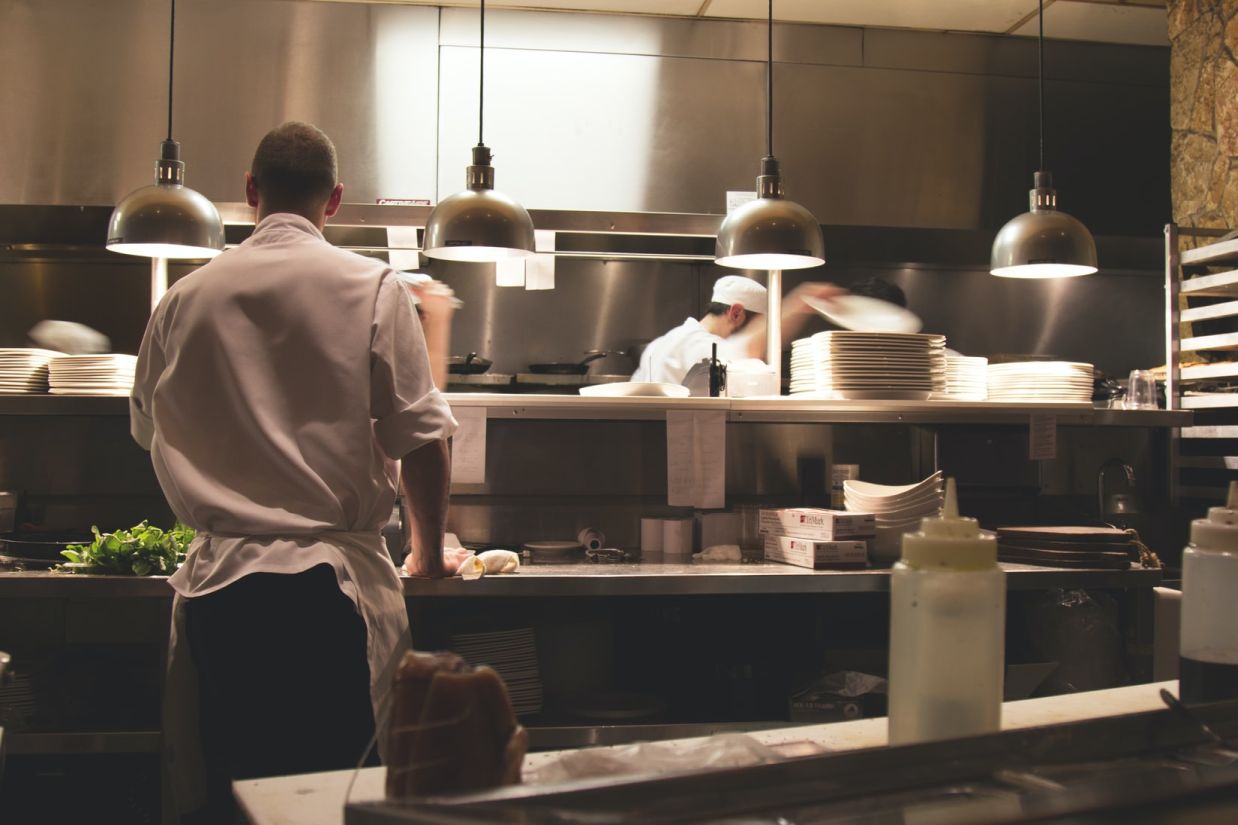How Much Does It Cost to Open a Restaurant?
While interest in cooking shows, culinary courses, and the foodie lifestyle abound, building a new restaurant business is a serious endeavor that requires more than just skill in the kitchen. There are a number of questions to consider when figuring out how to start a restaurant.
With that in mind, we’ll be discussing how much it costs to open a restaurant as well as share ideas and resources on opening the eatery of your dreams, all while maintaining a budget.
Restaurant Startup Costs
Figuring out how much it costs to start a restaurant is a tricky question, especially when it’s your own money financing the project. When it comes to the cost of opening a restaurant, most people agree that the general dollar amount is somewhere between $95,000 and $2 million. But don’t let those numbers discourage you. With a tight business plan and some creative thinking, you can open a restaurant and stay within your allotted budget. Afterwards, you can expand operations as needed. However, being realistic and frugal with your restaurant startup costs is the best way to start your planning.
When analyzing the question of how much does it cost to open a restaurant, many people are aware they should pay close attention to expenses versus cost. However, you must also be mindful of another crucial element—time. Anything which helps save time overall will help your bottom line. Time is money.
Average Restaurant Startup Expenses
There are several types of expenses that typically pop up when starting a restaurant business. Once you understand these expenses, you can answer the question “how much does it cost to start a restaurant?”
Fixed expenses
When defining how much to open a restaurant, fixed expenses are a good place to start. These are expenses that do not change from month to month, as opposed to variable costs, which change based on your level of output. The three most basic examples of fixed expenses are rent, utilities, and support costs.
The biggest of these will of course be rent. They say that location is everything, but rent can cripple a starting business. Work with a real estate agent and take your time hunting for a location that has easy access and good traffic yet has a per foot rent cost that you can tolerate.
Utilities refer to costs like electricity, gas, and water: these are no small elements to overlook considering the kind of power and energy required to fuel an industrial kitchen.
Support costs refer to things like your point of sale system and the software you’ll need to run the business, as well as various one-off miscellaneous costs.
Support costs also include renovation costs, which will be a necessary expense to bring your location up to code. The purchase of coolers, refrigerators, equipment, and ovens will also fall under support costs.
Variable expenses
Variable costs comprise all expenses that are not fixed. These expenses deal with costs that are changeable. Ultimately, there are too many various items to list in one post, but some examples would include labor, inventory, and miscellaneous costs related to your production needs.
Perishable food inventory is an important variable cost restaurants deal with daily, since you will be planning what to cook—and how much of it—against your expected foot traffic, which will vary.
Mixed expenses
Mixed expenses are just what they sound like: these are expenses that include mixed elements of both fixed and variable costs. For example, let’s say that you advertise using Foursquare or Yelp with a coupon offer. The discount on the coupon would be a fixed expense, because you only pay for it when a customer uses it. On the other hand, the advertising needed to get the coupon into the customer’s hands is a variable expense.
Restaurant Costs: Tips to Avoid Overspending
How much does it cost to open a small restaurant? By implementing our tips, you can stick to your budget and make the most of your hard-earned money.
- Shop around for restaurant equipment from local suppliers who know the market in your area. They want you to succeed so that they can continue to sell to you!
- How much does it cost to build a restaurant? Contact local contractors in the area and get rough estimates for building costs.
- Get a combined accounting, point-of-sale, and labor system for your restaurant. A system that enables you to plan out a schedule in just a few minutes can save you a great deal of time. This is worth the subscription costs.
- Don’t turn up your nose at used equipment. For example, the tablets your wait staff uses don’t have to be the newest iPad; they just need to work with your POS system.
- For food costs, reach out to local farmers, co-ops, and other sources. Ultimately, it’s the food that will sell your business. Balance whether dealing with local suppliers is worth the time, as opposed to dealing with an expensive food vendor.
L3 Funding is Your Financial Solution
L3 Funding works with small business owners every day, helping them find innovative merchant funding solutions and solving their business problems. Do you have further questions regarding how much it costs to start a restaurant? Reach out to us at L3 funding. We’d love to help you fulfill your business ambitions.
